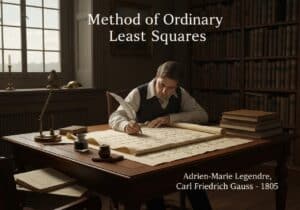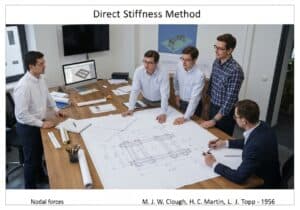Recombinant DNA (rDNA) technology involves joining together DNA molecules from two different species. The recombinant DNA is inserted into a host organism to produce new genetic combinations. This is achieved using restriction enzymes to cut DNA at specific sites and DNA ligase to join the fragments, often incorporating the desired gene into a plasmid vector for cloning.
















